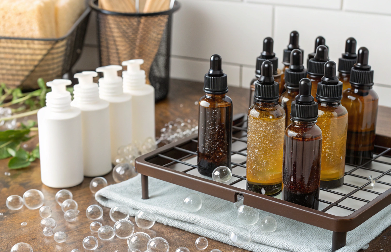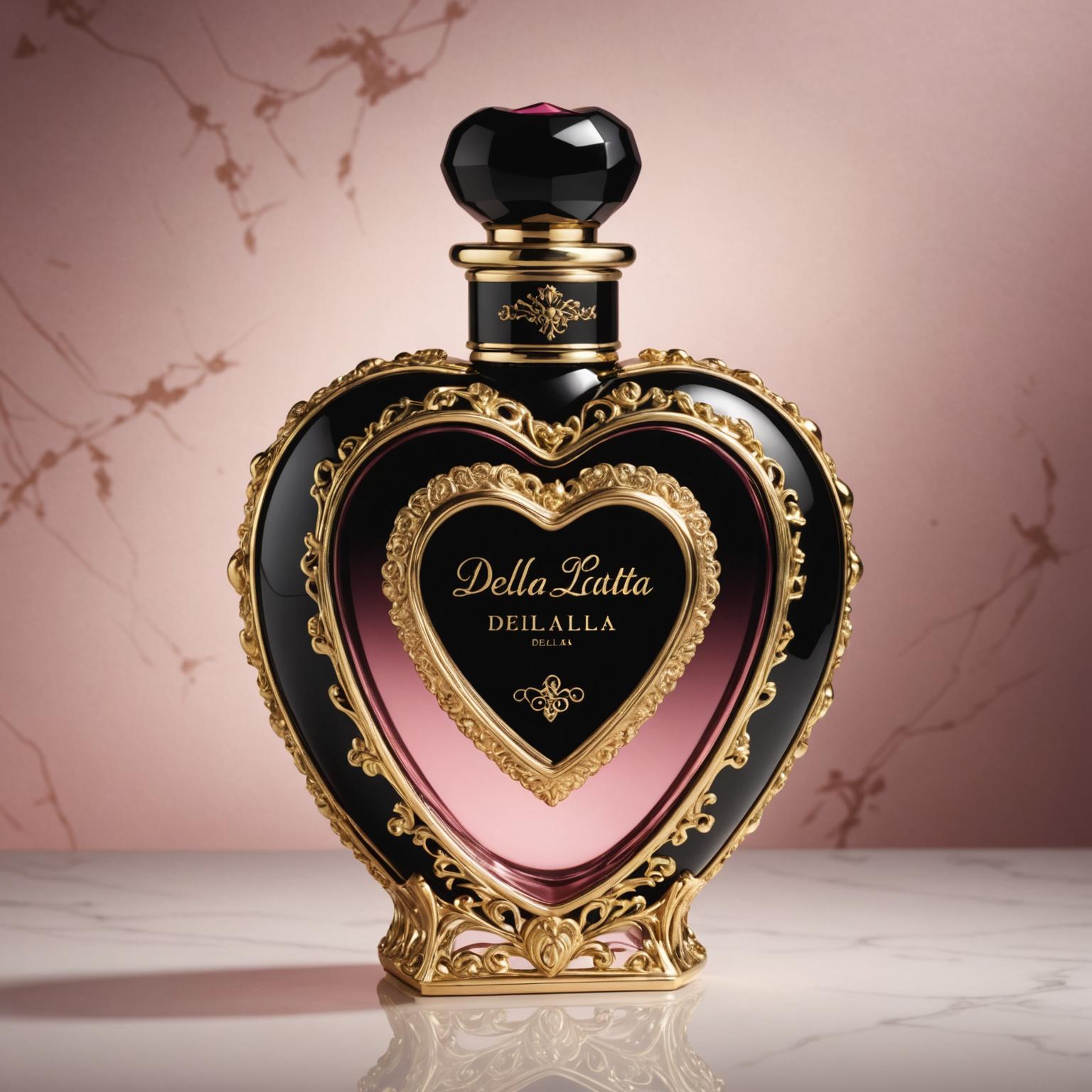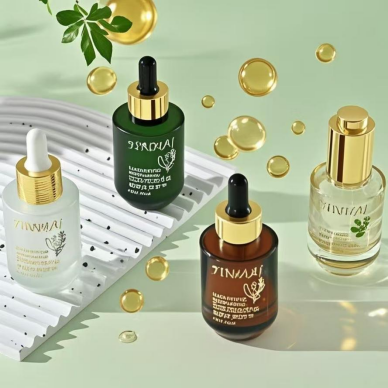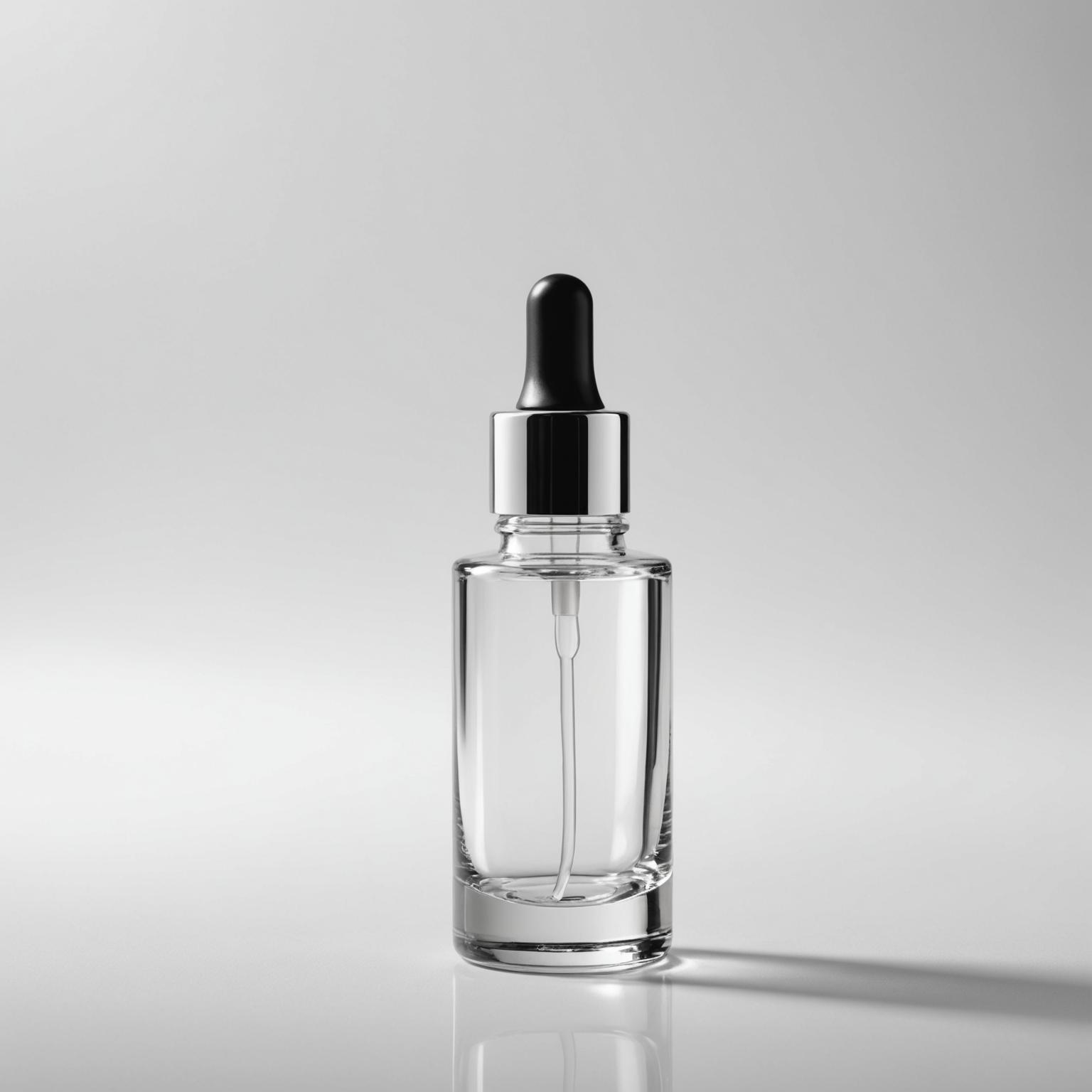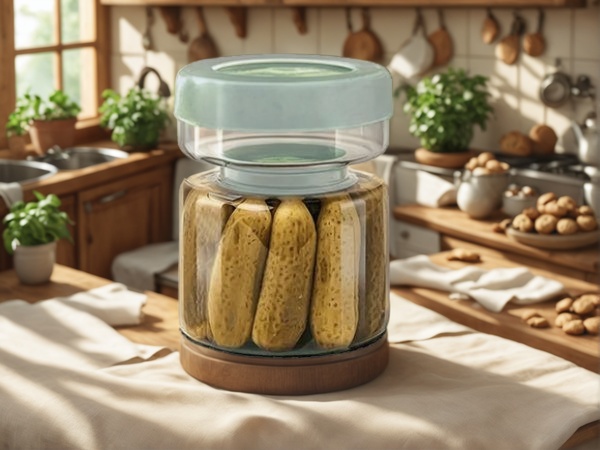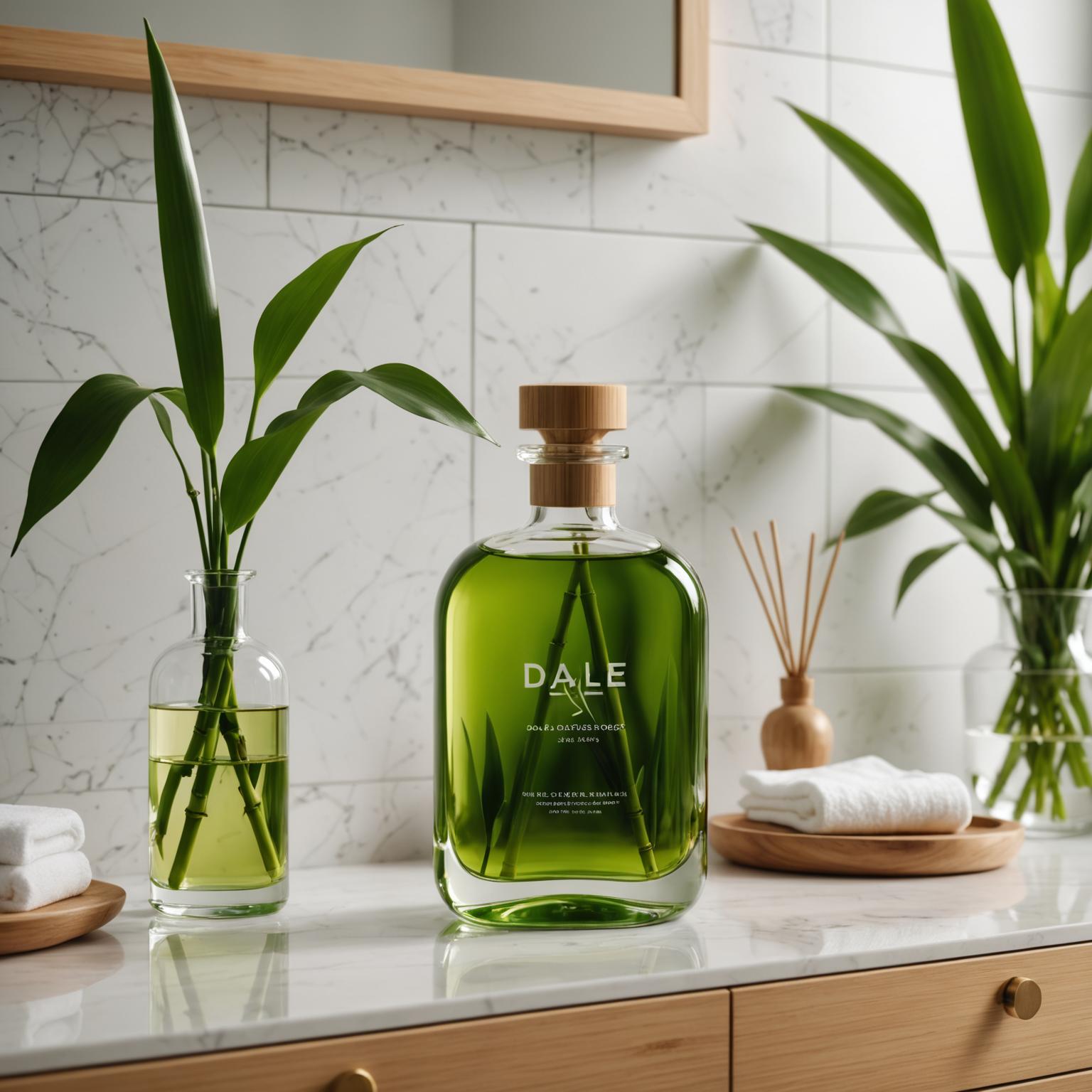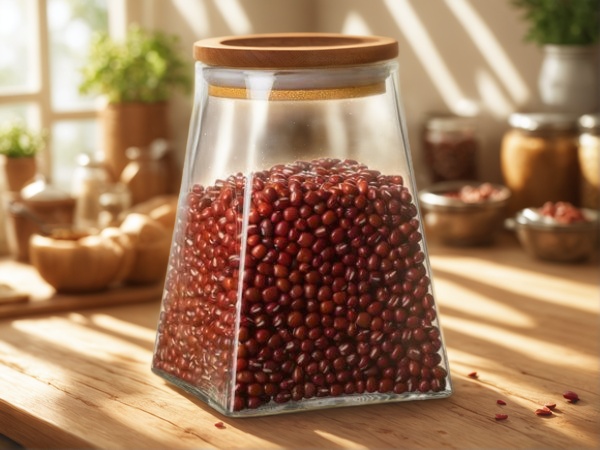Want the perfect aroma without overpowering the room or wasting your oil?
To dilute essential oils for diffusers, mix 3–8 drops of essential oil with water (usually 100ml) in an ultrasonic diffuser. For reed or passive diffusers, combine oils with a base like carrier oil or alcohol.
Understanding how to dilute essential oils properly is key to creating a safe, effective, and long-lasting aromatic experience—whether you're formulating for a wellness brand, selling home fragrance kits, or just scenting your office naturally. Let's explore dilution ratios, mixing bases, and the logic behind the beloved 30/50/20 rule.
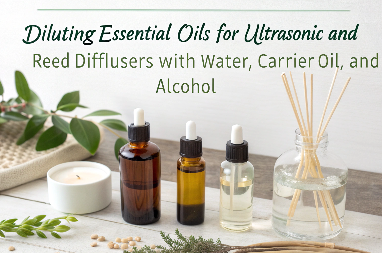
What is the 30 50 20 rule for essential oils?
Great scent isn’t luck—it’s structure.
The 30/50/20 rule refers to essential oil blending: 30% top notes, 50% middle notes, and 20% base notes to achieve a balanced and layered aroma in diffusers.
Dive Deeper: How to Structure a Harmonious Blend
| Note Type | Function | Common Oils | Blend Percentage |
|---|---|---|---|
| Top Note | Initial scent burst | Lemon, peppermint, bergamot | 30% |
| Middle Note | Emotional balance | Lavender, ylang ylang, geranium | 50% |
| Base Note | Lasting depth | Frankincense, sandalwood, patchouli | 20% |
This rule helps diffuser blends evolve over time. For instance, in a100ml diffuser, you might use:
-
2 drops lemon (top)
-
3 drops lavender (middle)
-
1 drop sandalwood (base)
AtPauPack, we help aromatherapy brands apply this method to develop signature scent formulas, and we package them in color-coded dropper bottles for easy identification and use.
What is the ratio of essential oils to water in a diffuser?
More isn’t better—especially in enclosed spaces.
The standard ratio is 3–8 drops of essential oil per 100ml of water in an ultrasonic diffuser, depending on room size, oil strength, and personal sensitivity.
Dive Deeper: Adjusting for Room Size & Purpose
| Room Size | Water Volume | EO Drops | Use Case |
|---|---|---|---|
| Small Room (100 sqft) | 100ml | 3–5 | Bedroom, office |
| Medium Room (200–300 sqft) | 200ml | 5–8 | Living room, kitchen |
| Large Room (400+ sqft) | 300–500ml | 8–12 | Open-plan areas, events |
Strong oils like peppermint or cinnamon require less.For gentle blends or child-safe spaces, use fewer drops.
PauPack offerscustom essential oil kitsbundled with diffuser instruction cards and measured droppers, making it easy for users to follow the right ratios every time.
What dilution rates are suitable for different age groups?
Safe doesn’t mean same for everyone—adjust for age and skin sensitivity.
For adults and teenagers over 15, a dilution of up to 10% essential oil in a carrier oil can be used for local, targeted applications like spot treatments or massage blends. However, this concentration is rarely necessary for everyday use. Most general topical blends for adults do best at a 2–5% dilution to minimize the risk of irritation.
For children and the elderly, stick to a gentler approach. A 1% dilution—about 1 drop of essential oil per teaspoon (5ml) of carrier oil—is ideal, as their skin is more delicate and prone to sensitivity. For babies and infants, it’s best to consult with a certified aromatherapist or healthcare professional before use, and choose only oils recognized as safe for young ages (like lavender or chamomile).
In summary:
- Adults/Teens (15+):2–5% daily, up to 10% only for small, short-term purposes
- Children/Elderly:1% or less, always use child-safe or elderly-safe essential oils
Always perform a patch test before widespread use, and adjust your dilution based on individual skin responses. For professional, ready-to-use blends, brands likePlant TherapyandEdens Gardenoffer kid-safe lines to simplify safe formulation.
What do you mix with essential oils to make a diffuser?
Water alone doesn’t work in every case.
To make a reed diffuser or room spray, mix essential oils with a base like carrier oil (for reed diffusers) or alcohol (for sprays), not just water. For ultrasonic diffusers, use water only.
Dive Deeper: Choose the Right Base for Your Diffuser Type
| Diffuser Type | Mixing Base | Ideal Additions |
|---|---|---|
| Ultrasonic | Water | 3–8 drops EO |
| Reed | Carrier oil (e.g., fractionated coconut, sweet almond) | 20–30% EO max |
| Nebulizer | Pure essential oil (no dilution) | No mixing base needed |
| Room Spray | Alcohol (vodka, witch hazel) | Water + 10–15 drops EO |
Forreeds, a good starting mix is:
-
70% carrier oil
-
30% essential oil blend
-
Optional: 5% alcohol for better wicking
At PauPack, we providereusable glass diffuser bottles and ready-to-fill kits, along with custom labels that include ingredient breakdowns and safety icons for user clarity.
What is the ratio of essential oils to carrier oils for diffusers?
Reed diffusers rely on oil-based blending—not water.
The typical ratio for essential oils to carrier oils in a reed diffuser is 30% EO to 70% carrier oil, though some brands use as little as 20% depending on scent strength.
Dive Deeper: Carrier Oils for Reed Diffusers
| Carrier Oil | Properties | Recommended Use |
|---|---|---|
| Fractionated Coconut | Light, odorless, clear | Ideal for subtle scent delivery |
| Sweet Almond | Richer, slightly nutty aroma | Stronger scent lift |
| Safflower Oil | Neutral, thin viscosity | Helps with reed absorption |
| Dipropylene Glycol (DPG) | Popular commercial base | Common in fragrance industry |
Here’s an example formulation for a120ml reed diffuser:
-
84ml carrier oil
-
36ml essential oil blend (using 30/50/20 ratio)
-
Optional: 5ml vodka to thin viscosity
PauPack specializes indiffuser kit packagingwith refillable glass bottles, wooden caps, and pre-cut rattan reeds. We also offer bulk essential oil blends designed for oil-based applications.
Conclusion
To dilute essential oils for diffusers, use the right ratio of oil to water or carrier, depending on the diffuser type. Stick to 3–8 drops per 100ml water for ultrasonic diffusers, or blend 20–30% EO with carrier oil for reed systems. With the right balance—and the 30/50/20 rule—your diffuser won’t just smell good, it will perform beautifully.




